Rail Driverless Vehicles vs. Electric Cars: Who Will Lead the Way in Green Transport?
The transition to electric transport is becoming a global trend, with more car owners around the world opting for electric vehicles and leaving gasoline and diesel cars behind. However, research by UST Inc. specialists suggests that electric cars are not the only—or necessarily the most effective—solution for sustainable transport.
Are the Statistics in Favor of Electric Cars?
At first glance, the advantages of electric cars are obvious: they are generally easier and cheaper to maintain, do not incur constant fuel costs, and comply with evolving environmental standards.
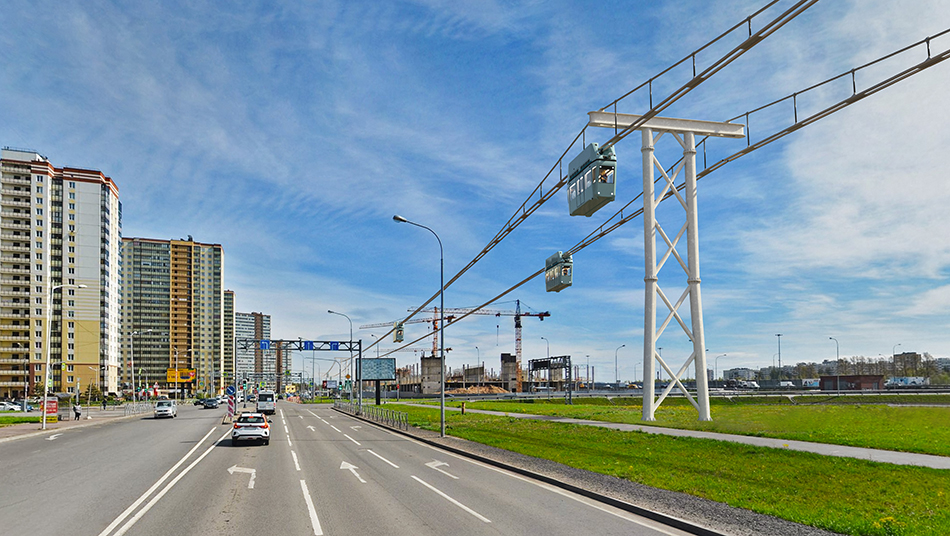
Rising oil prices, limited resources, and decarbonization policies are propelling green initiatives, leading global automakers and analysts to predict significant growth in the electric vehicle market in the coming years. According to the International Energy Agency (IEA) and major car manufacturers, the share of electric vehicle sales will reach 41% of the global market by 2030.
It might seem that electric cars will dominate the roads in the near future. However, the situation changed dramatically in 2023 when the main raw materials for electric vehicle production—lithium and nickel—saw substantial price increases. Additionally, rising electricity costs in Europe have made owning an electric car less financially appealing.
Moreover, the quality of electric vehicle maintenance has not improved significantly and remains subpar. The existing network of charging stations is frankly inadequate to meet the growing demand.
Surprisingly, electric cars also prove to be less environmentally friendly than previously claimed by marketers. According to data from the Ricardo agency, the production of a car with an internal combustion engine results in an average emission of 5.6 tons of CO₂ equivalent. In contrast, the production of an electric vehicle generates 8.8 tons—57% more.
Economics of Movement: A Comparison in Figures
To objectively evaluate a vehicle, it is crucial to understand its energy efficiency: how much energy is required to transport a ton of cargo (or passengers) per kilometer. For electric vehicles, this figure varies; for example, the Tesla Model 3 consumes between 0.08 and 0.125 kWh/t/km.
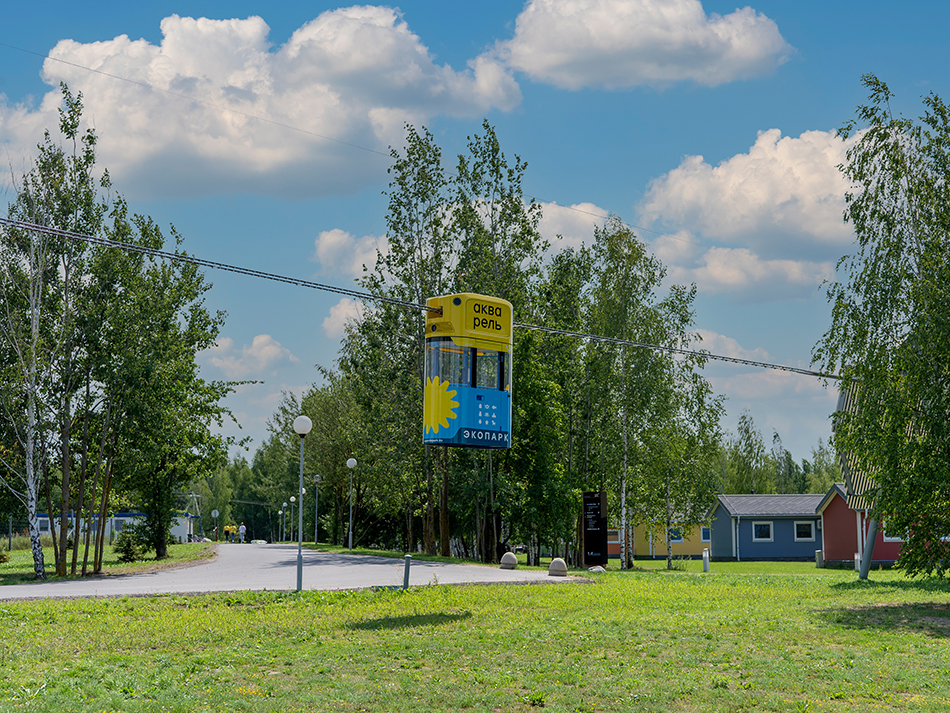
However, even these impressive figures pale in comparison to rail technology. Modern passenger trains consume an average of only 0.015 to 0.030 kWh/t·km, while freight trains achieve even greater efficiency, with consumption as low as 0.005 kWh/t·km.
The use of steel wheels in trains significantly reduces energy consumption, but the rail unmanned vehicles developed by uST take this efficiency even further. In terms of rolling resistance, these vehicles outperform trains by nearly twofold, resulting in a corresponding reduction in energy consumption.
Environmental Footprint and Infrastructure Impact
The operation of uPods has a minimal impact on urban infrastructure. While electric vehicles require extensive paved roads, deforestation, and substantial utility lines, uST technology utilizes compact elevated tracks that necessitate fewer construction materials, preserve green areas, and do not disrupt urban development.
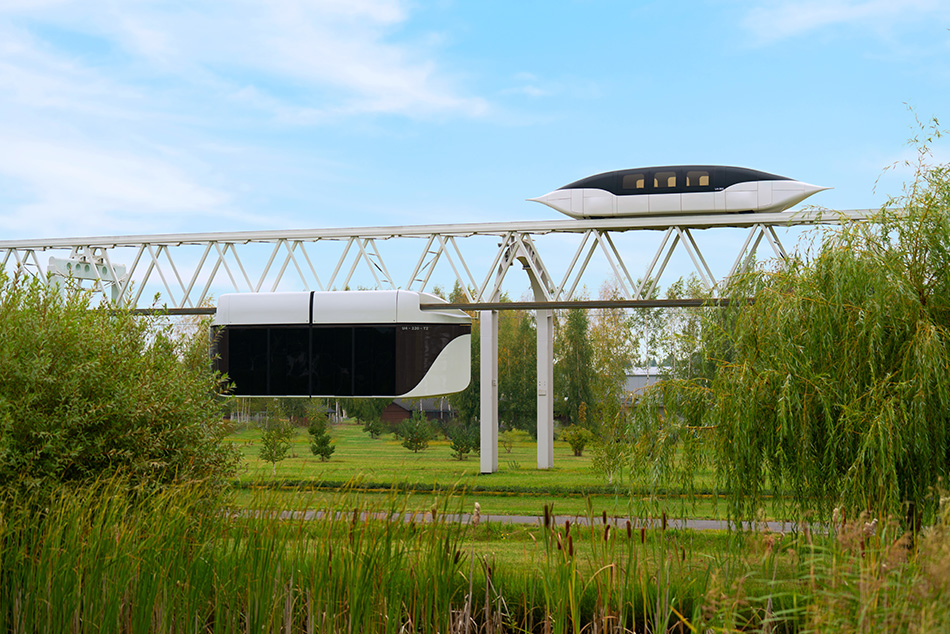
Additionally, uPods operate almost silently, and their automated control systems significantly reduce the risk of accidents and human error—issues that electric vehicles still face.
Scalability and Versatility
Modern uST complexes can easily adapt to various climatic and geographical conditions. A single route can transport more passengers than multiple lanes of road occupied by fully electrified vehicles.
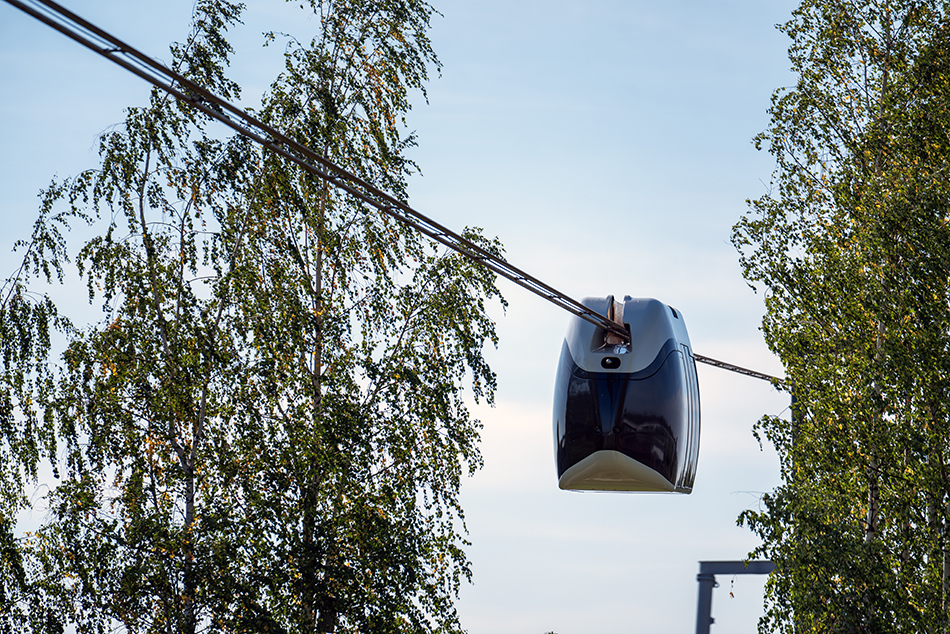
uPods do not compete for urban space with pedestrians and cyclists; rather, they complement them, enhancing overall mobility without harming the environment.
The Priority of Elevated Technologies
While electric vehicles are becoming an integral part of today’s transport reality and play a vital role in the shift away from internal combustion engines, the long-term solution to energy, environmental, and mobility challenges lies in the development of intelligent elevated rail systems like uST complexes.
It is the combination of energy efficiency, environmental sustainability, flexibility, and minimal infrastructure impact that positions uST technologies as serious contenders for the role of primary passenger and cargo transport in the near future.
More news

Blog
5 March 2024
How can uST transport help to solve the problem of traffic congestion?
Daily traffic jams that paralyze the streets of major cities have become a significant challenge for the transportation industry.
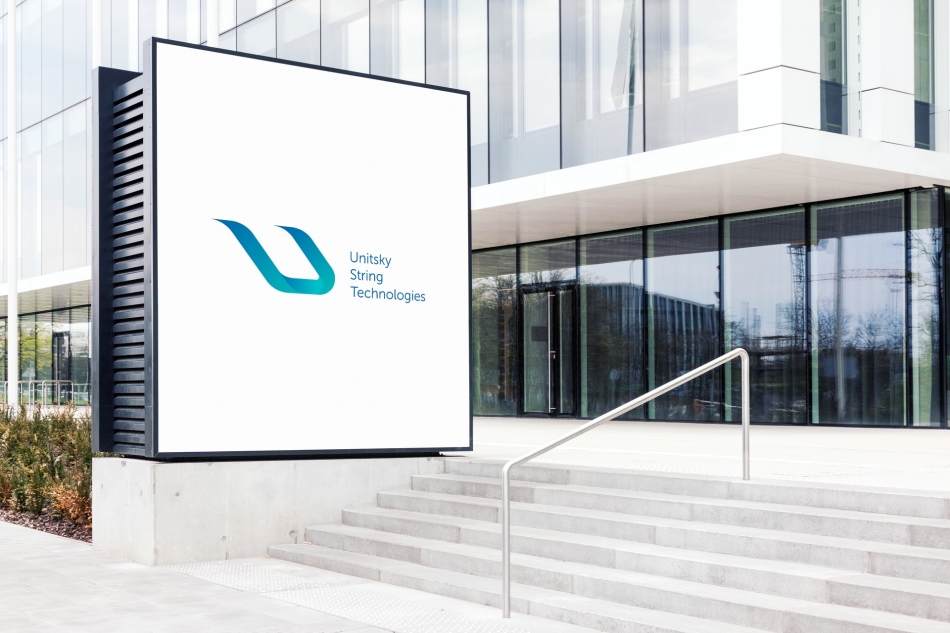
News
26 September 2024
UST Inc. Announced Top 5 Highlights in Scientific Field for Q3 2024
The company provided the results of activities in the Q3 2024.
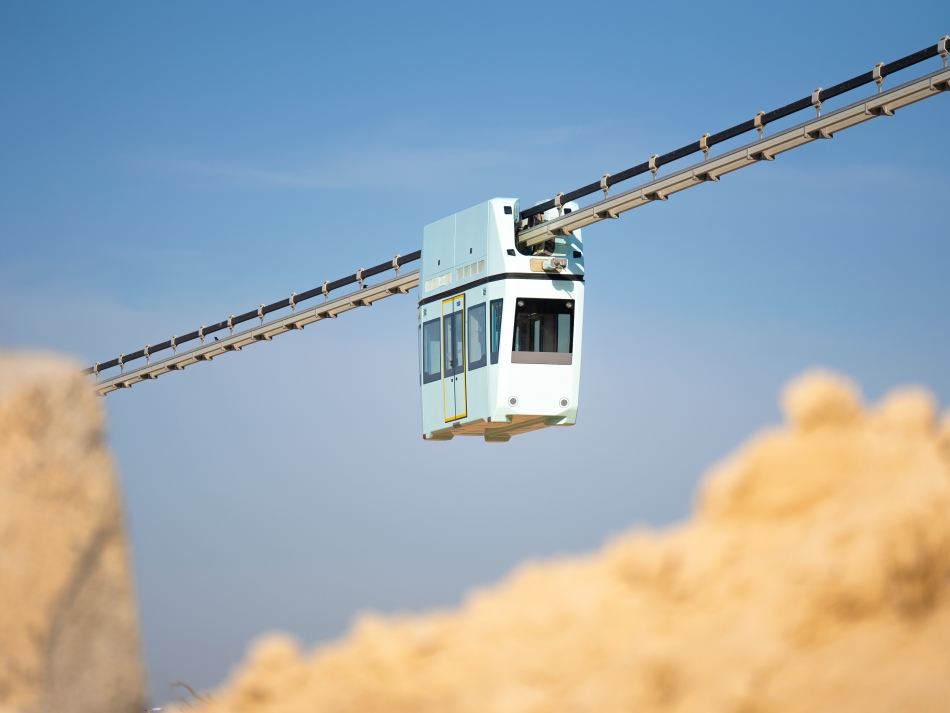
News
8 May 2024
The Karat complex has fallen into the focus of the Arab media
Journalists of The National visited the uSky Testing and Certification Centre located in Sharjah.

